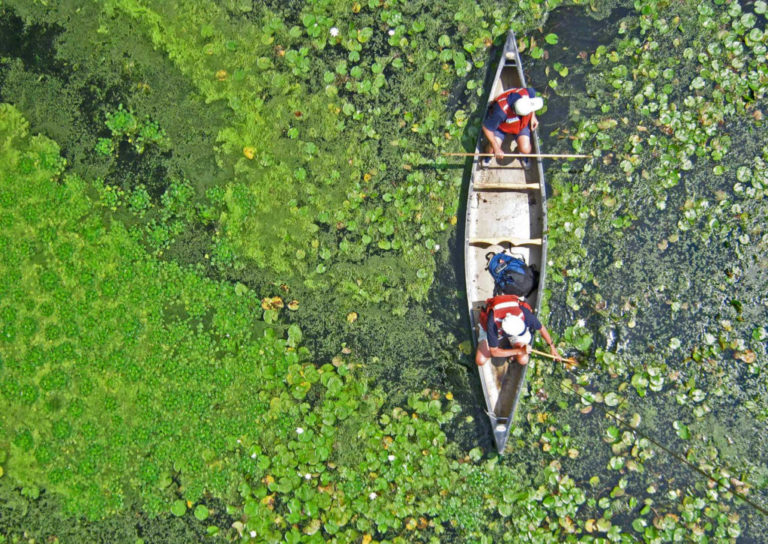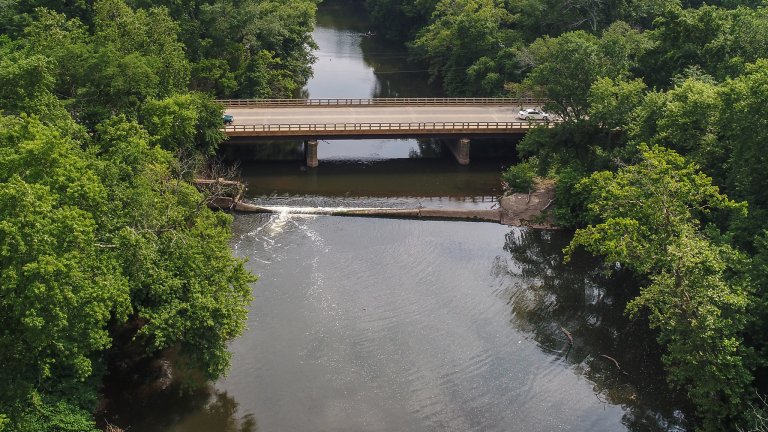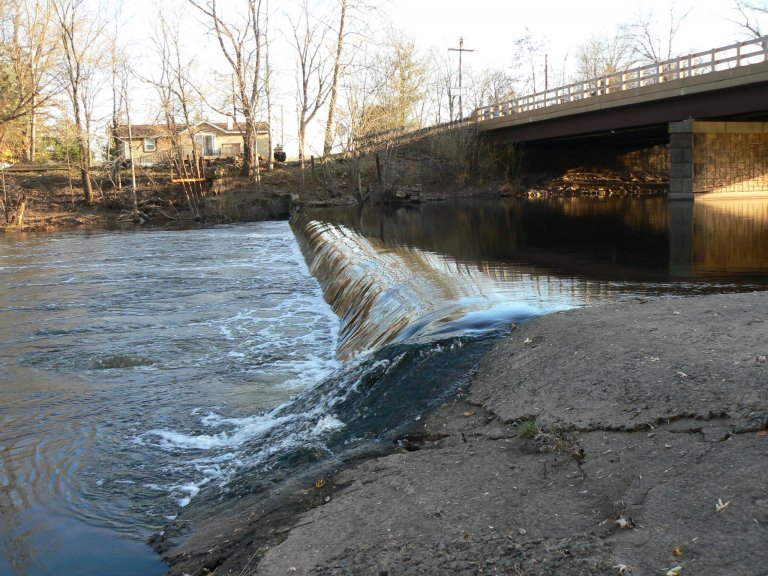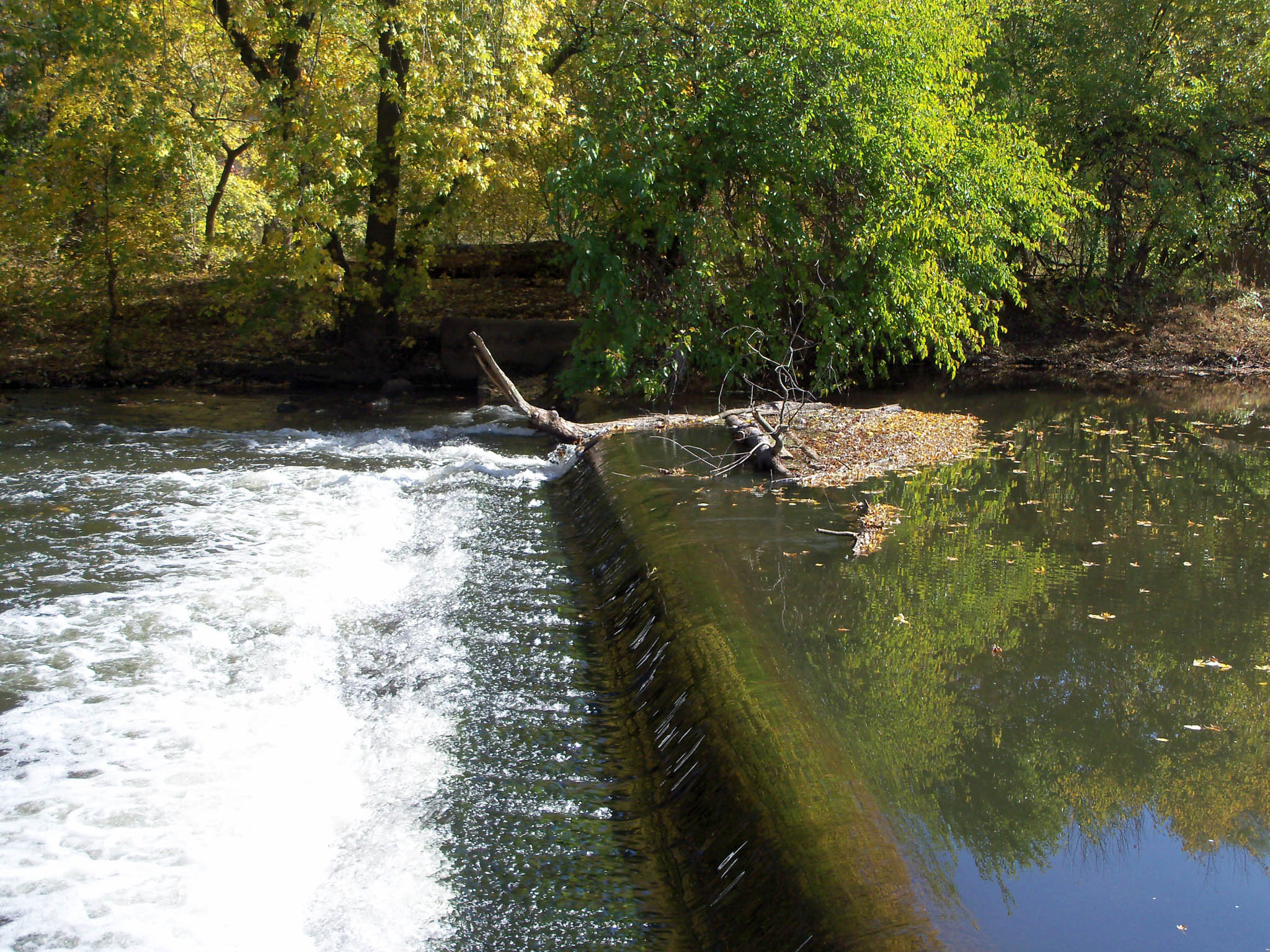 Removing old dams helps to restore migratory fish, clean water, and recreation.
Removing old dams helps to restore migratory fish, clean water, and recreation.
Since the 18th century, dams constructed along the Millstone and Raritan Rivers have blocked American shad, striped bass, herring and other fish from swimming upriver to reproduce.
Although these dams are relatively small and may seem insignificant, they prevent fish migrations and can also have a pronounced negative impact on water quality by blocking water flow, trapping sediment, and changing in-stream habitat. The dams can also be very dangerous for recreational users of these rivers, who can become trapped in the hydraulic jump at the base of the structures and drown.
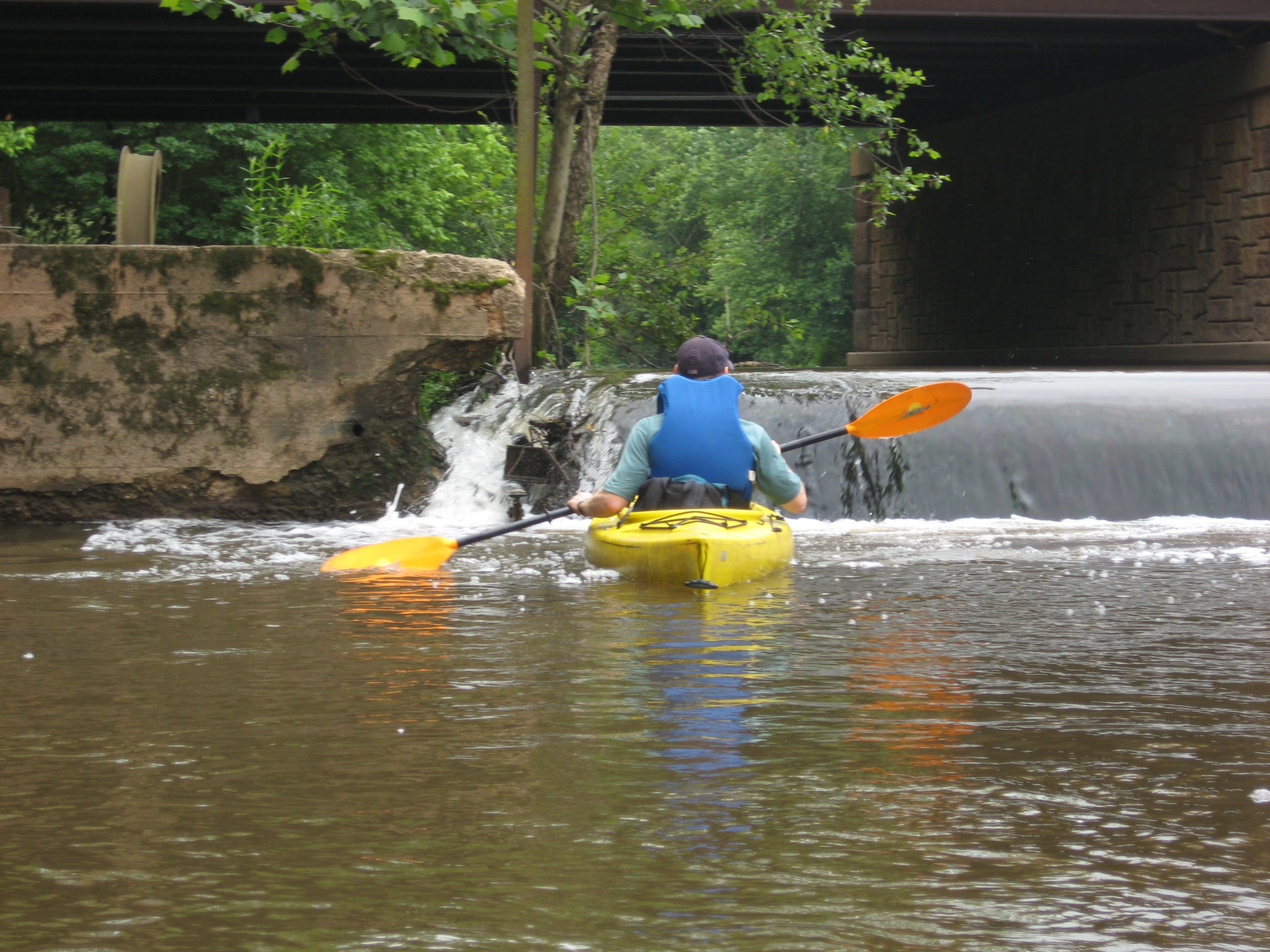
Many low-head dams are now obsolete and crumbling before our very eyes, so it’s a good time to remove them from our rivers. In 2008, the Watershed launched an effort to remove the Weston Mill and Blackwells Mills Dams on the Millstone River. We’ve completed feasibility studies and hydrologic analyses, secured a number of required permits and advocated with NJDEP and others to make this a priority.
The Watershed is a partner in the Raritan Basin Fish Passage Initiative. Since 2011, three dams have been removed from the Raritan River, restoring more than a dozen miles of migratory fish habitat and providing passage from Raritan Bay to the Millstone River for the first time in more than 80 years.


